Solved: How Do Groomers Deshed Dogs-PLUS Learn How You Can Do it at Home
Many new dog owners think shedding is the norm just for big, fluffy beasts like Siberian Huskies, Malamutes, and Old English Sheepdogs. But to the surprise of many new owners, all dogs shed — even the short-furred breeds that no one expects to shed at first glance can actually shed the most! That’s right — sleek Dalmatians, Pugs, and even Chihuahuas are actually some of the biggest shedders. So whether this secret is a new revelation to you or not, you’ll want to learn about deshedding techniques — unless you’d like your house to gradually transform into a big fur pile!
While every dog groomer provides a comprehensive deshedding service, the average price for a visit to the groomer is between $40-75. If your dog is fluffy enough to require regular deshedding, you can save yourself a tremendous amount of money and inconvenience by learning how Groomers Deshed their Dogs and try to recreate the process from the comfort of your home.
Apparent Shedding
Apparent shedding happens when you can visibly see loose hair falling from your dog. This is the most obvious form of shedding that dog owners notice - hair on furniture, clothing, and floating through the air. Most breeds experience seasonal shedding cycles, typically in spring and fall, when temperature changes trigger coat turnover. During these peak shedding periods, the amount of visible hair loss increases dramatically.
Professional groomers address apparent shedding through specialized deshedding treatments that target the outermost layer of fur, removing loose hairs before they end up around your home. Regular maintenance between professional visits can significantly reduce this visible shedding.
Disguised Shedding
Disguised shedding is the silent culprit behind many coat problems. Unlike apparent shedding, this occurs when loose fur gets trapped within your dog's coat instead of falling out naturally. These trapped hairs create mats, tangles, and a dull appearance that many owners mistakenly attribute to poor coat quality rather than shedding issues. Disguised shedding is particularly common in dogs with double coats or curly fur. Professional groomers identify disguised shedding and use specialized techniques to release these trapped hairs, improving coat appearance and preventing painful matting. You can do this at home with thorough brushing that reaches the undercoat to help manage disguised shedding.
Brushing vs De-shedding
While regular brushing and professional deshedding might seem similar, they serve different purposes in your dog's coat care routine. Brushing primarily detangles the coat and removes surface debris, using tools like slicker brushes that work mainly on the topcoat.
Deshedding, however, specifically targets the loose undercoat hair using specialized tools designed to reach beneath the topcoat without damaging it.
The Groomers Deshedding Tools
Before beginning the deshedding process, you’ll need to purchase a few simple tools. The first of these is a dedicated dog comb or brush. Almost any commercially available dog brush will do the trick for this, but if you have a pup with an especially long fur or a double-layer coat, you might want to consider investing in a slick dog brush or undercoat rake that allows you to remove dead fur from the undercoat without damaging longer hairs.
Second, you’ll need a high-quality dog shampoo, as well as a conditioner if you’d like to give your pup the deluxe treatment.
And lastly, we recommend you purchase a high quality blow dryer — unless you’re a fan of the classic wet dog smell! If your dog is of the fluffier variety, you will need a high velocity dog dryer to significantly speed up the deshedding process.
Getting Down to Deshedding
Once you have all the proper tools on hand, it’s time to get down to the fun, fur-filled process of deshedding your doggie. The most popular groomer-approved deshedding method is called “The Four B’s”: Brush, Bathe, Blow-Dry, Brush again. That sounds pretty simple, but to reach that groomer level fluff-free fur, you’ll need to spend some time learning to properly execute each step with care.
1. Brushing
The golden rule of brushing is to treat dog hair as you would want someone to treat your own. So if thinking about brushing through a nasty tangle makes you wince, remember to use the same level of caution when brushing your dog! Always be as gentle as you can when brushing your dog by gradually working out tangles until they disappear.
Brushing technique varies tremendously depending on the type of dog you own — long-haired dogs will typically require line brushing and a much more thorough combing through their undercoats than short-haired breeds. Do your research to see the exact technique you should be using so you don’t irritate your canine companion during the deshedding process.
Line Brushing Technique
Line brushing is a technique groomers swear by to make sure no area of your dog’s coat is missed. It involves parting the fur into small sections and brushing from the skin outward, one layer at a time. This method is especially useful for thick-coated breeds like German Shepherds and Huskies, as it helps remove loose undercoat and prevent mats from forming deep in the fur.
Line brushing takes a bit more time, but it ensures a more thorough grooming session and keeps your dog’s coat healthy, tangle-free, and looking its best.
2. Bathing
Bathing your pup can be one of the most heartwarming parts of owning a dog — our furry friends are often as thrilled to get all sudsy during bathtime! Before you begin, however, be sure to check what level of bathing is appropriate for your breed — too much bathing can sometimes damage the fur of longer-haired breeds.
When bathing for the purpose of deshedding, you’ll find a lot more success with specifically designed deshedding shampoos and conditioners. These products work their way deep into dogs’ coats and help smooth out their fur so that loose fur and dead skin can more easily rise to the surface. Simply work these products deep into your dog’s skin under running water and they’ll be a happier and less fur-producing pup by the end of the bath!
3. Brush again
A second brushing is the step that amateur groomers most often neglect, but it’s a crucial one if you want to administer the perfect deshed. Just repeat step one after your pup hops out of the bath, and watch in awe at how much fur comes out after a hearty soaping.
4. Blow-drying
Few of us like a soaked, smelly creature walking around our houses, so force blow-drying is a very important step after any bath. One of the best-kept secrets of the professional grooming industry is the use of high-powered blow dryers to complete the deshedding process. Blowing long haired breeds with high velocity dog dryers can be the magic bullet in flushing out all of the dead fur matted in the underlayer of their coats and is the easiest way to deshed your dog.
After a solid high velocity blow dry, even ultra-heavy shedders like Malamutes and Huskies can go weeks without leaving piles of fur on your couch.
Benefits of Deshedding
De-shedding isn’t just about keeping your dog looking neat—it’s a core part of professional grooming for a reason. Here’s what makes it so effective:
-
Healthier Skin and Coat: Removing built-up undercoat helps air reach the skin, reducing the risk of irritation, infections, and hotspots.
-
Easier Home Clean-Up: With less loose fur to float around, you’ll notice a big drop in the amount of hair on your furniture, clothes, and floors.
-
More Comfortable Dogs: By thinning out excess undercoat, especially in warmer months, your dog can regulate body temperature more easily and stay cooler.
-
Tangle and Mat Prevention: Regular deshedding keeps fur from tangling and clumping, saving your dog from painful mats and your groomer from needing to shave them down.
-
That Freshly Groomed Look: When done right, de-shedding leaves your dog’s coat smoother, shinier, and overall healthier-looking.
With the proper tools and a little know-how, you can recreate these professional results right at home—keeping your pup clean, comfy, and looking their best. Remember, grooming time for each dog breed will be unique based on their size and temperament.
Is Deshedding Good for Cats?
Deshedding techniques aren't just beneficial for dogs—they're excellent for cats too! Cats are notorious self-groomers, but they still benefit from professional deshedding to prevent hairballs and reduce household shedding. Like dogs, many cats have undercoats that shed seasonally, and professional deshedding tools can safely remove this loose fur.
However, cat deshedding requires specialized techniques, as cats have more delicate skin and different coat structures than dogs. Professional groomers trained in feline care know how to adapt deshedding techniques for cats' unique needs. Regular deshedding sessions can significantly reduce hairball formation and minimize the amount of cat hair around your home.
Deshedding: Final Takeaways
No groomer can keep a dog from shedding altogether — dogs need to shed to keep themselves cool! But by following the Four B’s of professional deshedding, you can make this process easier for your dog — and house-cleaning much easier for you. Happy deshedding!

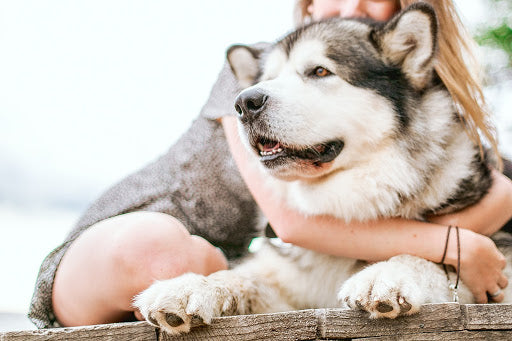


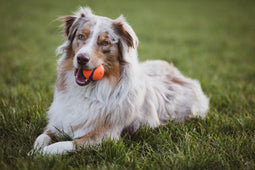
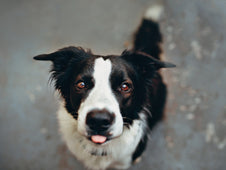
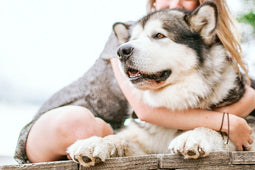
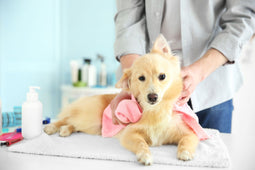
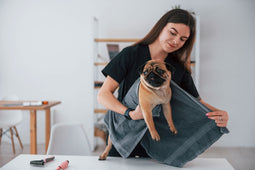

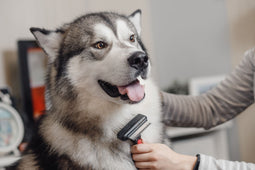
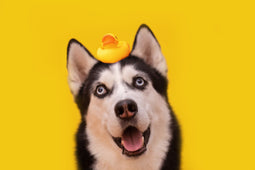




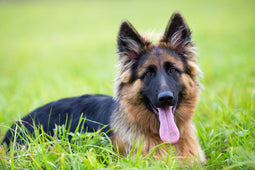


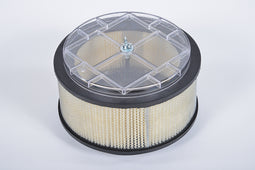
 Professional Single or Dual Motor
Professional Single or Dual Motor
Is it okay to deshed a lab